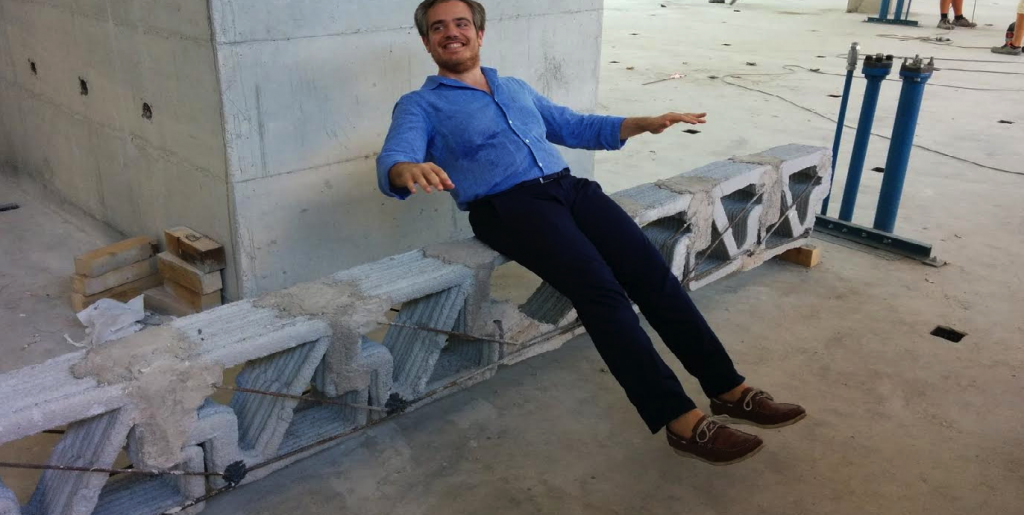
We reported on WASP just last month, as well as numerous other times, as they were launching their new LDM extruder that allows for high precision 3D printing in ceramics and is adaptable to other 3D printers, offering incredible versatility. Highly experienced not only in the science of materials, but also using it in 3D printing, WASP has made a name for themselves as experts in their field. Now, careful attention to 3D printed construction materials, durability for housing, and effects on the environment have brought them to do thorough research as well as create a new form, by way of 3D printed beams.
In their mission to 3D print homes with completely natural materials, WASP discovered that they may have been overly ambitious in thinking they could do so. Working with concrete, concerns began to arise regarding Co2, but what the team found is that with 3D printing, they are able to, not surprisingly, cut down on pollution by a whopping fifty percent.
“These are mind-boggling numbers, which can be reached only because we can create programmed infills; otherwise, with the normal techniques it would be unthinkable to create hollow systems,” states the WASP team in an announcement just released.
Their work is complex, as is their research. Working thoroughly to see their project through in being able to create housing through 3D printing, the WASP team went so far as to send out their Big Delta 3D to an Italian Institute where they study concrete mortar. We’ve reported on the Big Delta with great interest previously, as it is a 3D printer able to use soil and other organic type materials which basically amount to a clay solution. At the University Federico II of Naples, Domenico Asprone and a team started using a 4 meter Big Delta.
What they found was that with the Big Delta they can indeed make 3D printed bars and beams with reinforced concrete. Researching this further at the CeSMA service centre (Advanced methodological Services Centre) of the University of Naples, the ultimate goal is that one day, beyond using these materials just for buildings, they also will be able to use them for infrastructure designs such as bridges and more.
“3D printing allows you to create curved, hollow elements, and special features that would normally require complicated wooden shapes (moulds) for fresh concrete, with a considerable cost increase,” said Marco Iuorio from the Stress Consortium, which is part of the high-tech district of the Campania region on sustainable buildings.
Currently their first beam is being tested. At about three meters long, it will be inspected by the Department of Engineering, and Structures and Architecture. They will also be assessing the mechanical performance of the new reinforced concrete elements, along with experimenting with ‘pre-stressing technology’ and new assembly systems.
“This new technology promises to streamline the forms and save material, thus lightening the reinforced concrete elements and reducing costs and environmental impacts. The possibility to obtain complex shapes then, paves the way to new uses of reinforced concrete beyond the conventional ones, with aesthetic properties and design,” said Domenico Asprone, Assistant Professor of Structural Engineering at University of Naples “Federico II”, in addressing the Ansa agency.
The team, not comfortable with setting any limits for the future in terms of innovation and creativity, sees themselves as looking toward building the house of the future. All members included in this project were: University of Naples Federico II Domenico Auricchio, Costantino Marco Menna, Naclerio. Stress Consortium: Marco Iuorio, Marcello Pellecchia, Alberto Zala. University of Pavia., Ferdinando Auricchio.
